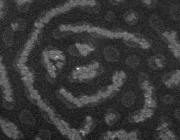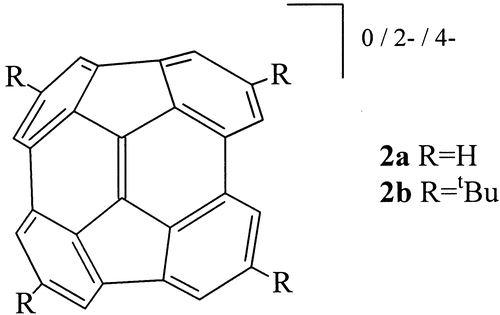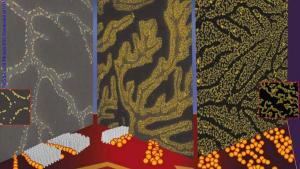Citation:
Date Published:
SEP 7Abstract:
Diindeno[1,2,3,4-defg;1',2',3',4'-mnop]chrysene (DIC) (one of the smallest symmetrical bowl-shaped fragments of C60) and its tetra-tert-butyl derivative are reduced with lithium metal to yield dianions and tetraanions. Due to the high degree of symmetry (C2v) of DIC and its derivative, their NMR spectra cannot be assigned using the standard two-dimensional NMR techniques. A novel carbon-edited NOESY method was used to complete the assignments of the neutral and dianion species, whereas the tetraanions are aided by DFT calculations for their assignment. Experimental charge-distribution patterns were obtained and match those of the calculations. An extension of the empirical approach for estimating the charge distribution from the 13C-NMR spectra enables a direct comparison between experimentally derived charge-distribution data and the computed electron density in each of the lowest unoccupied molecular orbitals. The overall picture evolving from the orbital structure of DIC is presented and reflects the surface reactivity of C60.






